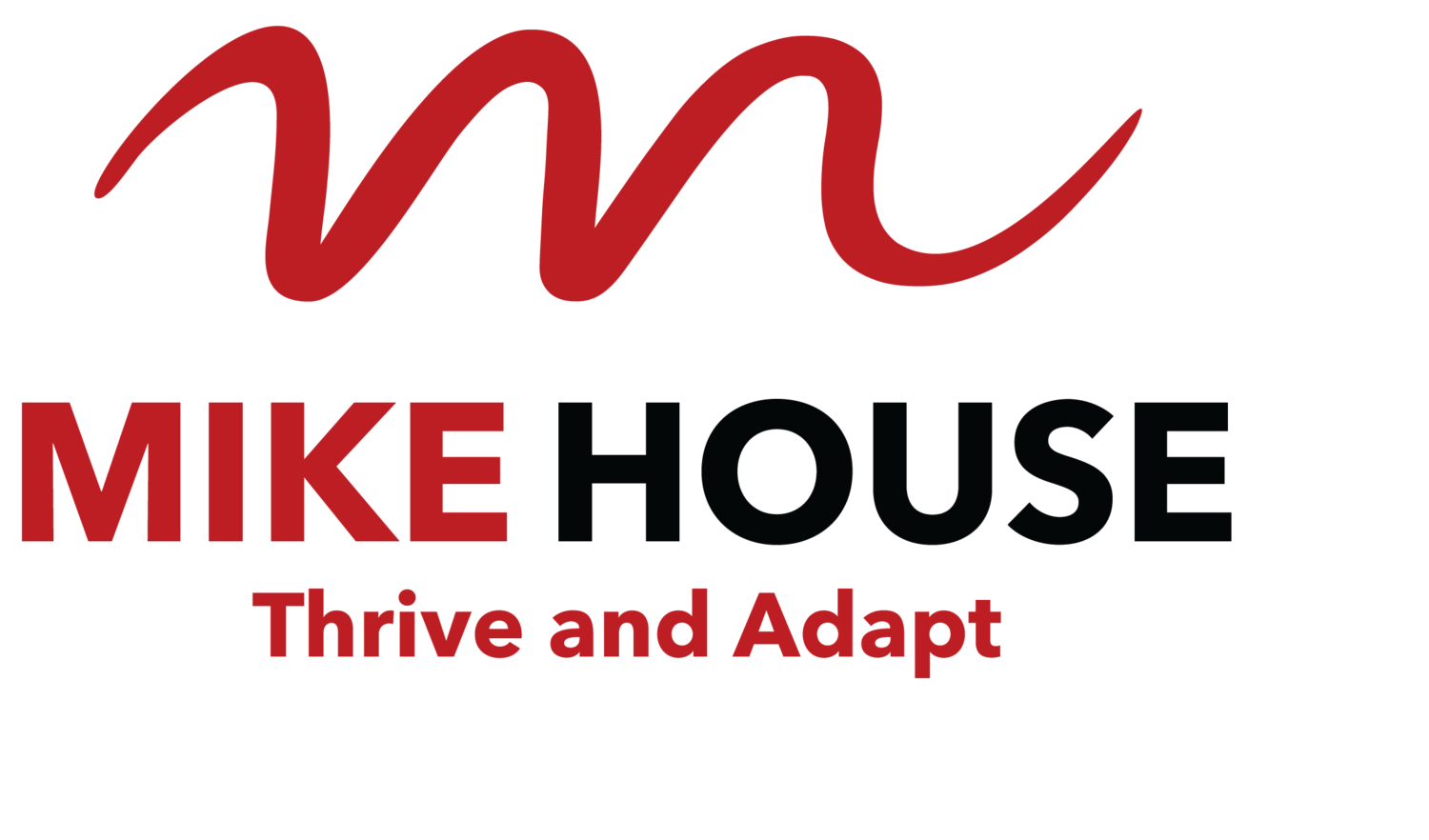Be Bold!
/Have you ever had moments as a leader when you have felt unsure and timid. I certainly have. Regardless of whether you hold an "official" leadership role, we get called upon to lead in all manner of ways. Leading is an interesting thing to do. And in my experience it's a great way to grow. Leadership has presented opportunities for some fantastically positive outcomes and some subtle influence with people that has steadied the ship. It's also presented challenges, self doubt and a reasonable share of mistakes.
Sunrise over the Southern Ocean
I spent most of last week on the beautiful south coast of WA with a group of year 9 boys. These emerging young men were walking, paddling, cycling and surfing and learning about leadership in practice.
There were some outstanding young men and we had some great conversations about what makes a good leader.
One in particular stood out from the crowd. He was able to positively influence his peers, rally their focus and energy and organise them for a result. His presence created a sense of calm and certainty. That was on a good day. There were other times when he was right in the thick of disruptive and counter productive action. Chalk and cheese. It was as if a different person showed up.
We had a great conversation about it. He was really aware of the swing and said he much preferred to lead well. When I asked what was holding him back he had the answer straight away.
Self Confidence.
He was concerned about what people would think, unsure about making the right call, not wanting to seem too confident, afraid of the attention he might receive, sometimes feeling the weight of responsibility. These are familiar themes from the work I do with leaders, and from my own experience.
To lead is to step up in many big and small ways. It takes boldness. To say what needs to be said. To do what needs to be done. To acknowledge the efforts of others. To be responsible and accountable for your results. To raise the bar. To move between the spotlight and the background as the situation demands. To think ahead. To collaborate.
However and wherever you lead. No matter how large or small your role. Be Bold!

























